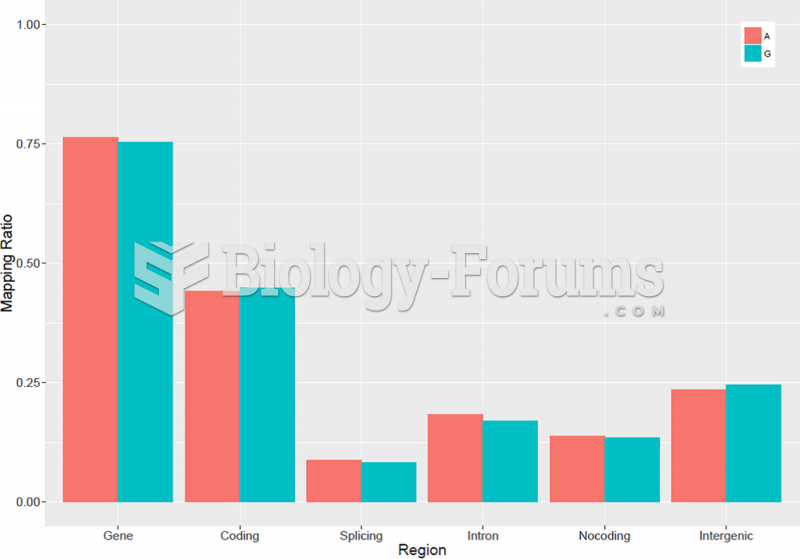|
|
|
There are approximately 3 million unintended pregnancies in the United States each year.
The first documented use of surgical anesthesia in the United States was in Connecticut in 1844.
The heart is located in the center of the chest, with part of it tipped slightly so that it taps against the left side of the chest.
A strange skin disease referred to as Morgellons has occurred in the southern United States and in California. Symptoms include slowly healing sores, joint pain, persistent fatigue, and a sensation of things crawling through the skin. Another symptom is strange-looking, threadlike extrusions coming out of the skin.
According to the Migraine Research Foundation, migraines are the third most prevalent illness in the world. Women are most affected (18%), followed by children of both sexes (10%), and men (6%).







